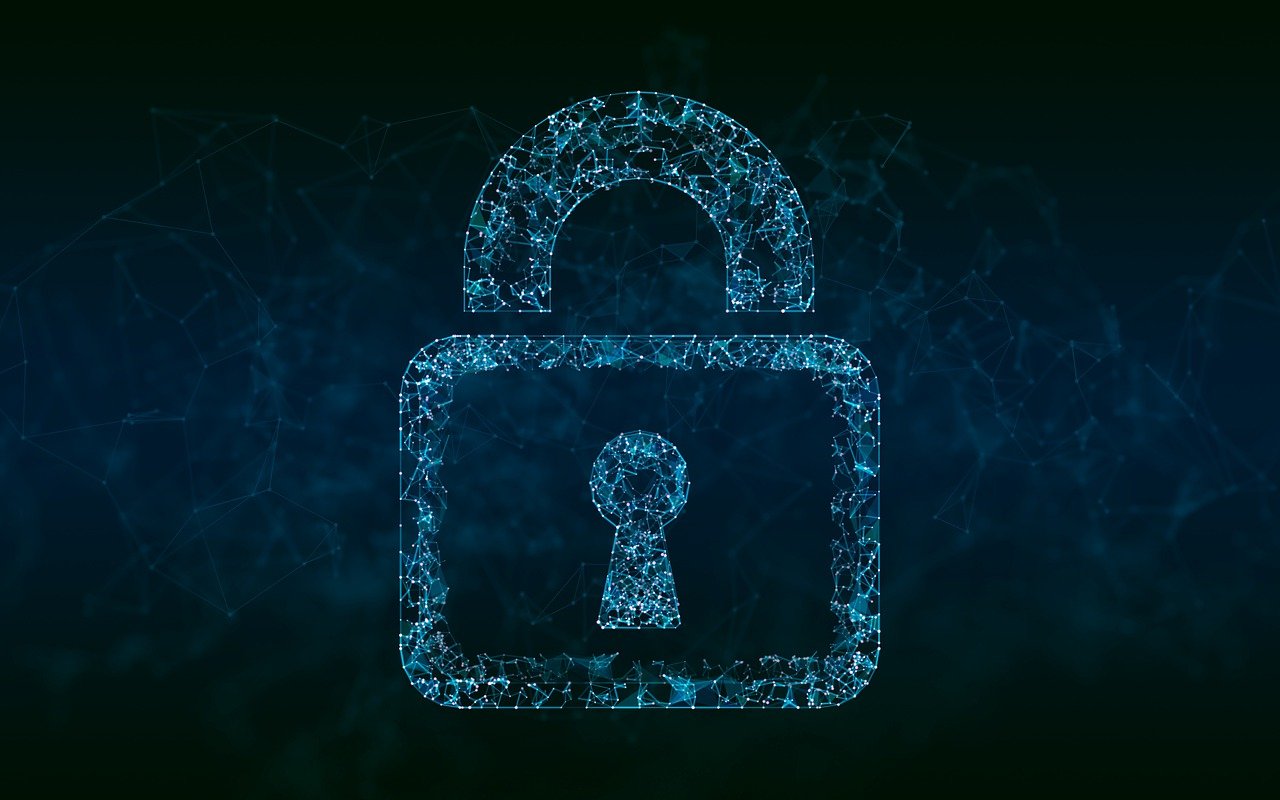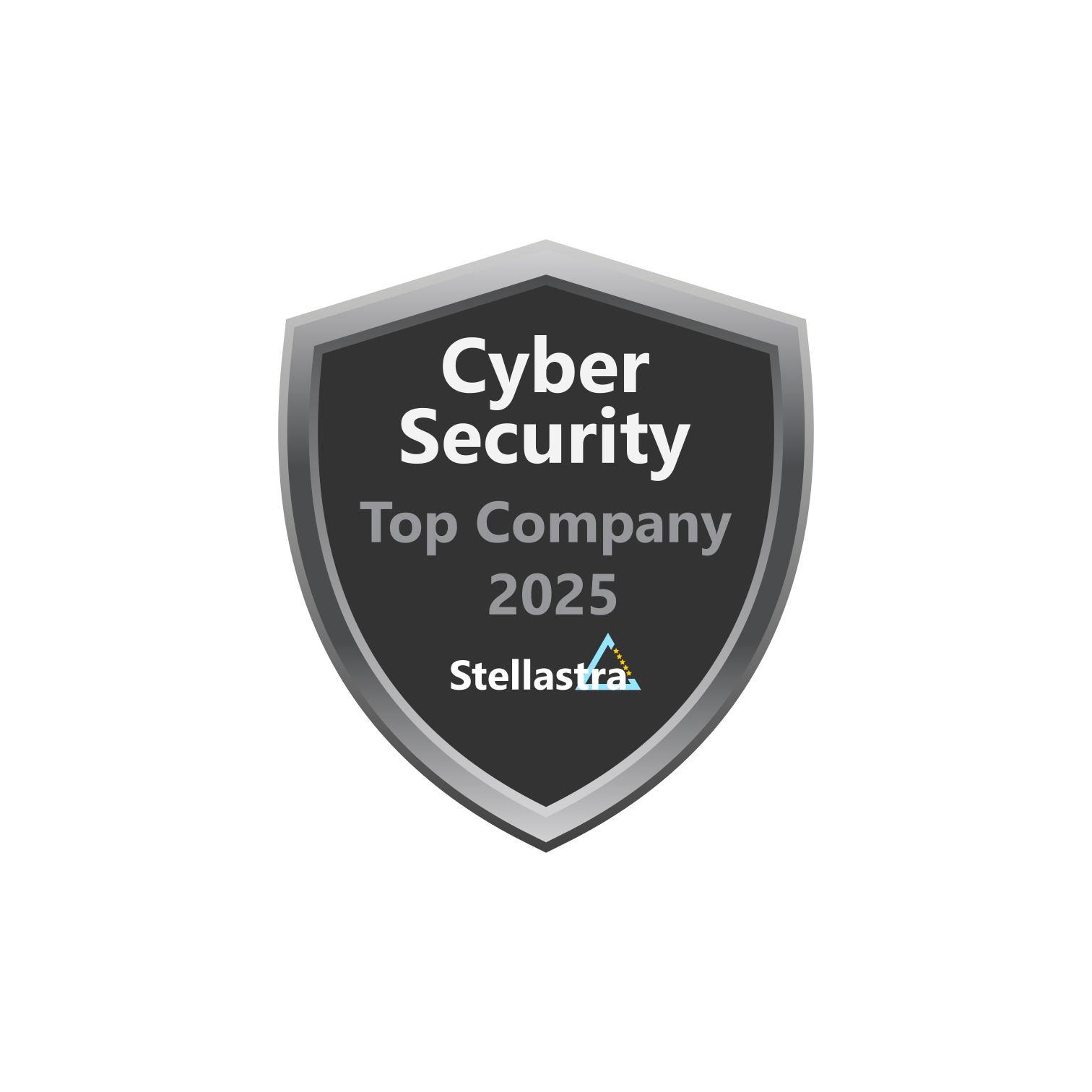· 5 min read
What is Software as a Service SaaS | Definition and Meaning
Software as a Service SaaS represents a revolutionary shift in how software applications are delivered and accessed over the internet. Learn the definition, benefits, and examples of SaaS.

What is Software as a Service (SaaS)?
Definition of SaaS
Software as a Service (SaaS) represents a revolutionary shift in how software applications are delivered and accessed over the internet. This model allows users to access software applications remotely, eliminating the need for extensive local installations, configurations, and maintenance.
The Basics of SaaS
SaaS eliminates the traditional software delivery model. Instead of purchasing and installing software on individual computers, users subscribe to the software, accessing it via the internet. This delivery model is part of a broader family of cloud computing services, which also includes Infrastructure as a Service (IaaS) and Platform as a Service (PaaS).
Key Characteristics of SaaS
Accessibility: Users can access the software from any device connected to the internet. This flexibility is particularly advantageous for remote work and collaboration.
Subscription-Based Model: Instead of a one-time purchase, users typically pay a recurring fee, which can be monthly or annually. This payment structure allows for better budgeting and eliminates hefty upfront costs.
Automatic Updates: SaaS providers handle updates and maintenance, ensuring that users always have access to the latest features and security patches without manual intervention.
Scalability: SaaS solutions are often designed to scale easily. Users can adjust their subscriptions based on their needs, whether that means adding new users or features.
Popular Examples of SaaS
Numerous applications utilize the SaaS model, spanning various industries and purposes. Some notable examples include:
Salesforce: A leading customer relationship management (CRM) platform that allows businesses to manage customer data and interactions.
Google Workspace (formerly G Suite): A collection of productivity tools, including Gmail, Google Drive, and Google Docs, all accessible from any web browser.
Microsoft 365: Microsoft�s suite of office applications, also offered through a subscription model, providing users with tools for document creation, collaboration, and more.
Benefits of SaaS
Using SaaS applications yields several significant benefits:
Cost-Effectiveness: With reduced upfront costs, organizations can allocate resources more efficiently. The subscription model allows for flexibility in managing software budgets.
Reduced IT Workload: IT departments can focus on other projects instead of managing installations, updates, and maintenance, which are handled by the SaaS provider.
Enhanced Collaboration: Since SaaS applications can be accessed from anywhere, teams can collaborate more effectively. Real-time updates ensure that everyone is on the same page.
Improved Security: SaaS providers invest heavily in security protocols and infrastructure, which can enhance the security of sensitive data compared to traditional software applications.
Security Considerations in SaaS
Although SaaS applications offer many advantages, security remains a critical concern. Organizations must vet their chosen providers for robust security measures. Providers often implement strong encryption, regular security audits, and compliance with industry standards (like GDPR and HIPAA) to safeguard user data.
Known Vulnerabilities in SaaS Applications
While SaaS solutions provide significant benefits, like all software, they are also subject to vulnerabilities that can pose threats to users and organizations. Below are some notable historical vulnerabilities associated with well-known SaaS solutions:
Juniper Networks Paragon Active Assurance Vulnerabilities:
- CVE-2024-21589: An improper access control vulnerability allows unauthenticated attackers to access sensitive reports without authentication in specific versions (3.1.0 to 3.4.0). This issue primarily affects self-hosted control centers, as the cloud offering is not affected.
- CVE-2023-28971: This vulnerability allows attackers to bypass firewall rules via the TimescaleDB feature, affecting on-premise deployments prior to version 4.1.2.
InsightCloudSec Vulnerabilities:
- CVE-2023-1304: An authenticated attacker can leverage an exposed
getattr()method to execute OS commands using a Jinja template, leading to actions that should have been restricted. - CVE-2023-1305: This vulnerability permits an authenticated attacker to read and write arbitrary files on disk through an exposed ‘box’ object if those files are formatted as YAML or JSON.
- CVE-2023-1306: A flaw where an authenticated attacker can exploit a resource accessor to execute arbitrary Python commands through a Jinja template.
- CVE-2023-1304: An authenticated attacker can leverage an exposed
Sentry Vulnerabilities:
- CVE-2023-36826: An issue allowing authenticated users to download debug or artifact bundles from projects they are not authorized to access, addressed in version 23.5.2.
- CVE-2023-39531: A serious vulnerability where an attacker can obtain an access token for another user during OAuth token exchange due to incorrect validation mechanisms. It impacts versions before 23.7.2.
Palo Alto Networks Prisma Cloud Vulnerabilities:
- CVE-2021-3033: This vulnerability permits attackers to bypass signature validation during SAML authentication, allowing unauthorized access to the Prisma Cloud Compute Console in affected versions.
- CVE-2021-3039 and CVE-2021-3043: Issues that involve information exposure through debug logs and a reflected XSS, respectively, in various versions of the Prisma Cloud Compute Console.
General Vulnerabilities:
- CVE-2021-44877: A vulnerability in the Dalmark Systems Systeam where improper access control allows unauthenticated access to sensitive API resources.
Addressing these vulnerabilities is crucial for companies using SaaS, as they can potentially expose sensitive data and lead to unauthorized access if not managed properly.
Software Licensing and Delivery Model
Understanding the software licensing and delivery model is crucial for businesses evaluating SaaS. SaaS operates on a software licensing framework where users subscribe to use the software rather than owning it outright.
Types of Software Licenses in SaaS
Single User License: Valid for a single individual.
Multi-User License: Allows multiple users to access software under a single subscription.
Enterprise License: Designed for larger organizations, offering broader access across the enterprise with customized solutions.
Software Licensing Service
Software licensing services play a critical role in managing licenses and compliance for SaaS applications. Many businesses utilize specialized tools to monitor license usage and ensure they remain compliant with the terms laid out by the service provider.
Software as a Service Security in Cloud Computing
SaaS operates within the framework of cloud computing, which provides its users with certain security advantages. However, organizations must remain vigilant. Data breaches, unauthorized access, and data integrity issues can pose significant risks.
In summary, Software as a Service (SaaS) offers a transformative approach to software delivery and management. Through its user-centric model, SaaS supports organizations’ growing need for flexibility, cost-effectiveness, and ease of use. As more businesses migrate to this model, understanding its intricacies, benefits, and security measures becomes paramount in ensuring a smooth transition and effective utilization of SaaS applications. From Salesforce to Google Workspace, the examples are myriad, showcasing the diverse applications of this powerful software delivery model.

